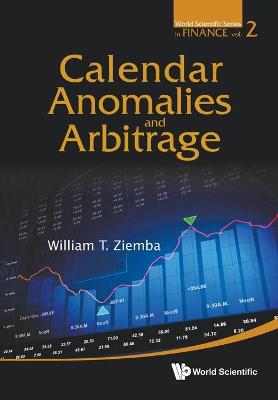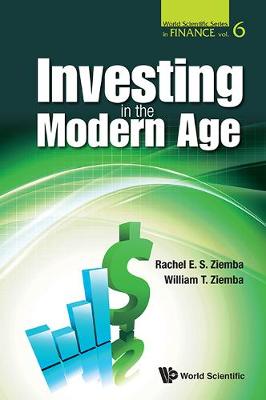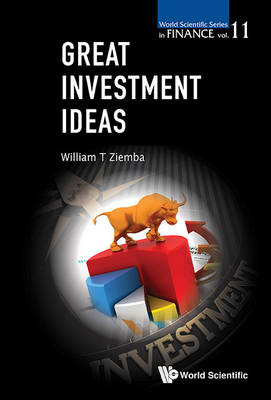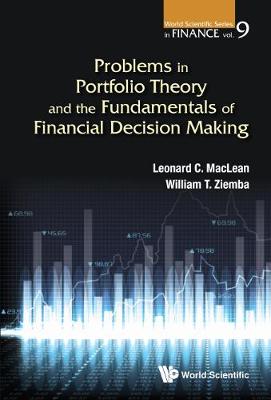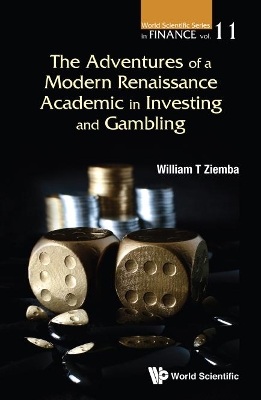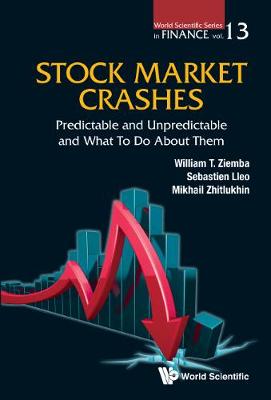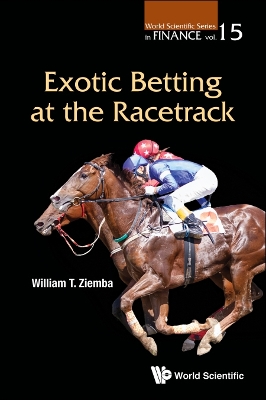World Scientific Series in Finance
8 primary works
Book 2
Book 6
Book 9
Book 10
Problems In Portfolio Theory And The Fundamentals Of Financial Decision Making
by William T Ziemba, Raymond G Vickson, and Leonard C Maclean
Book 12
Adventures Of A Modern Renaissance Academic In Investing And Gambling, The
by William T Ziemba
Book 13
Stock Market Crashes: Predictable And Unpredictable And What To Do About Them
by William T Ziemba, Mikhail Zhitlukhin, and Sebastien Lleo
Book 14
Book 15
